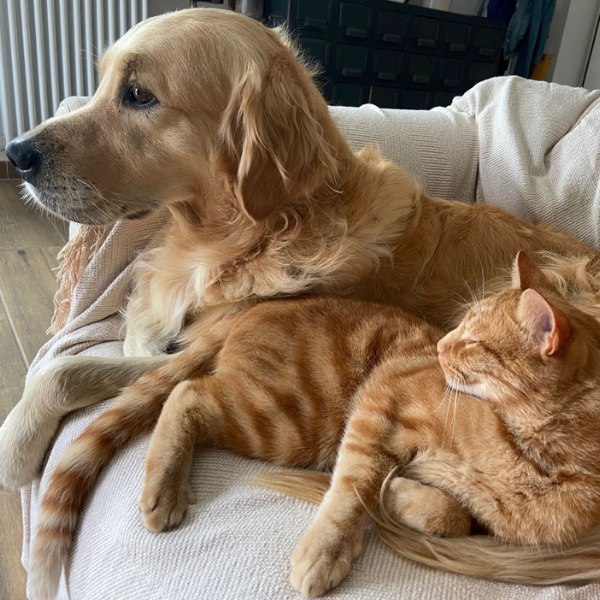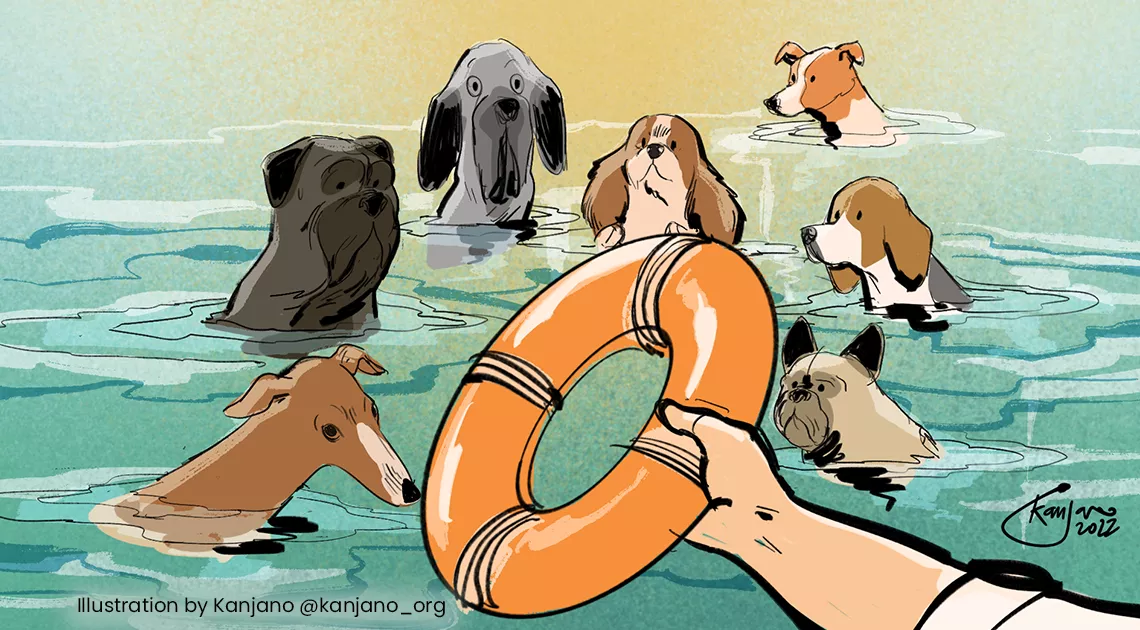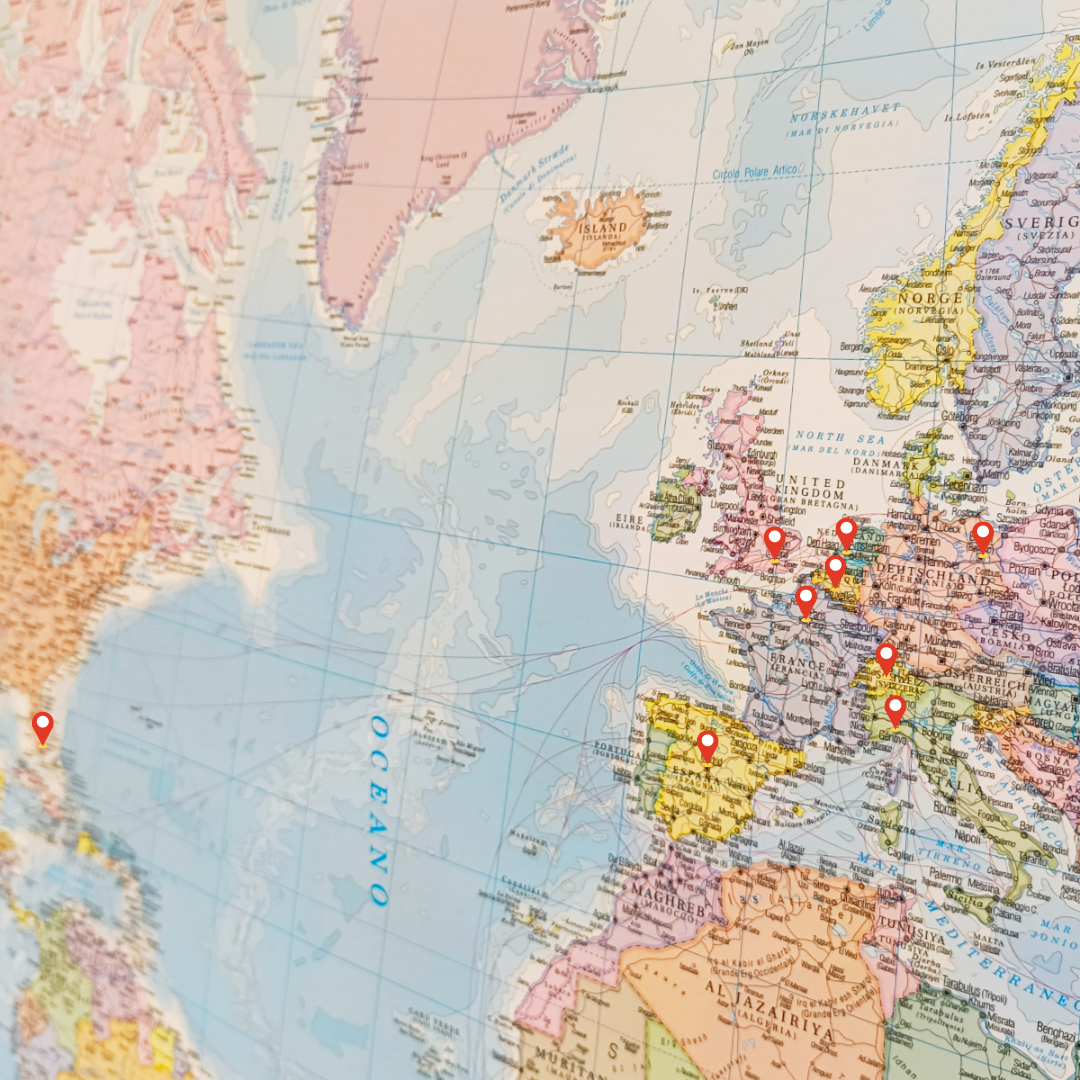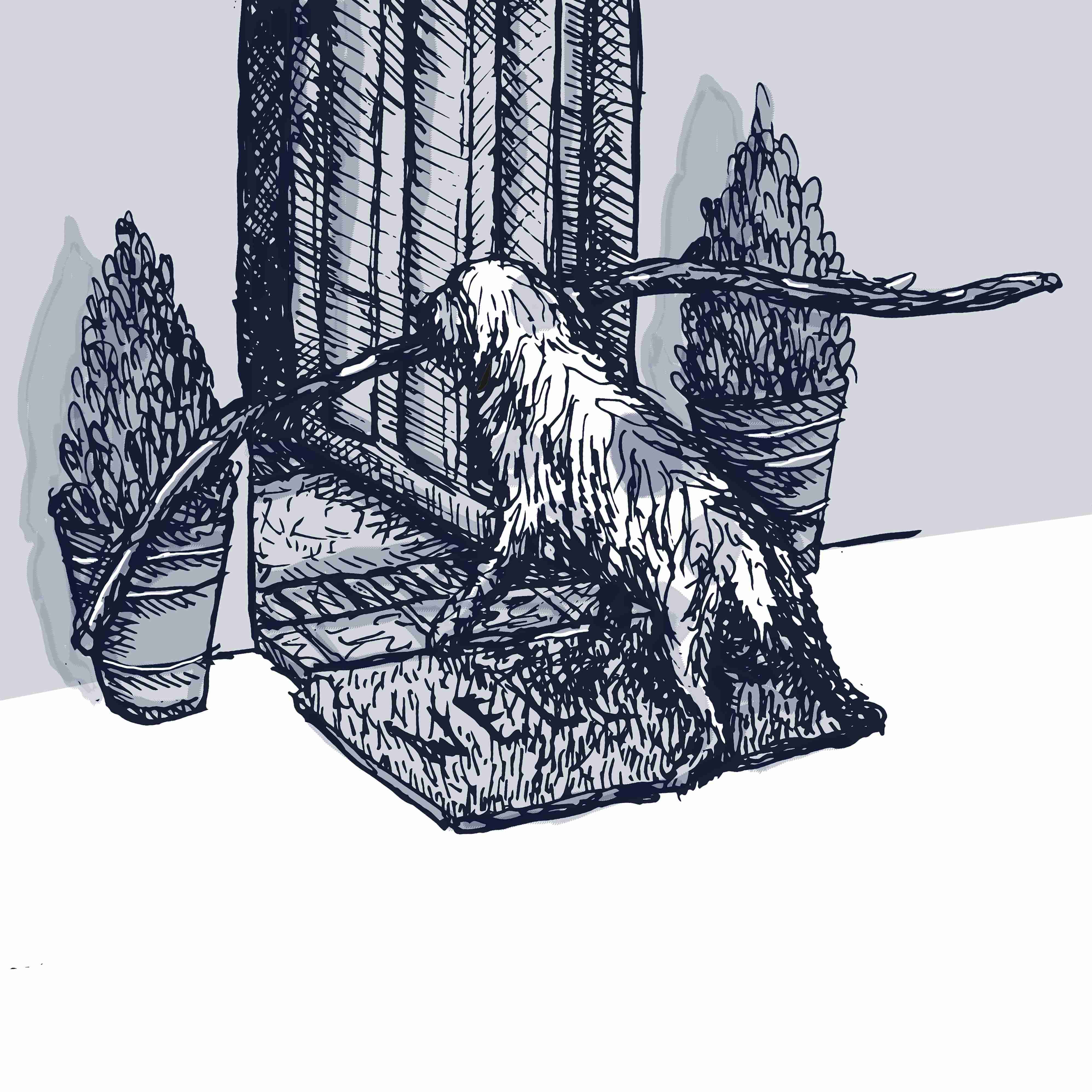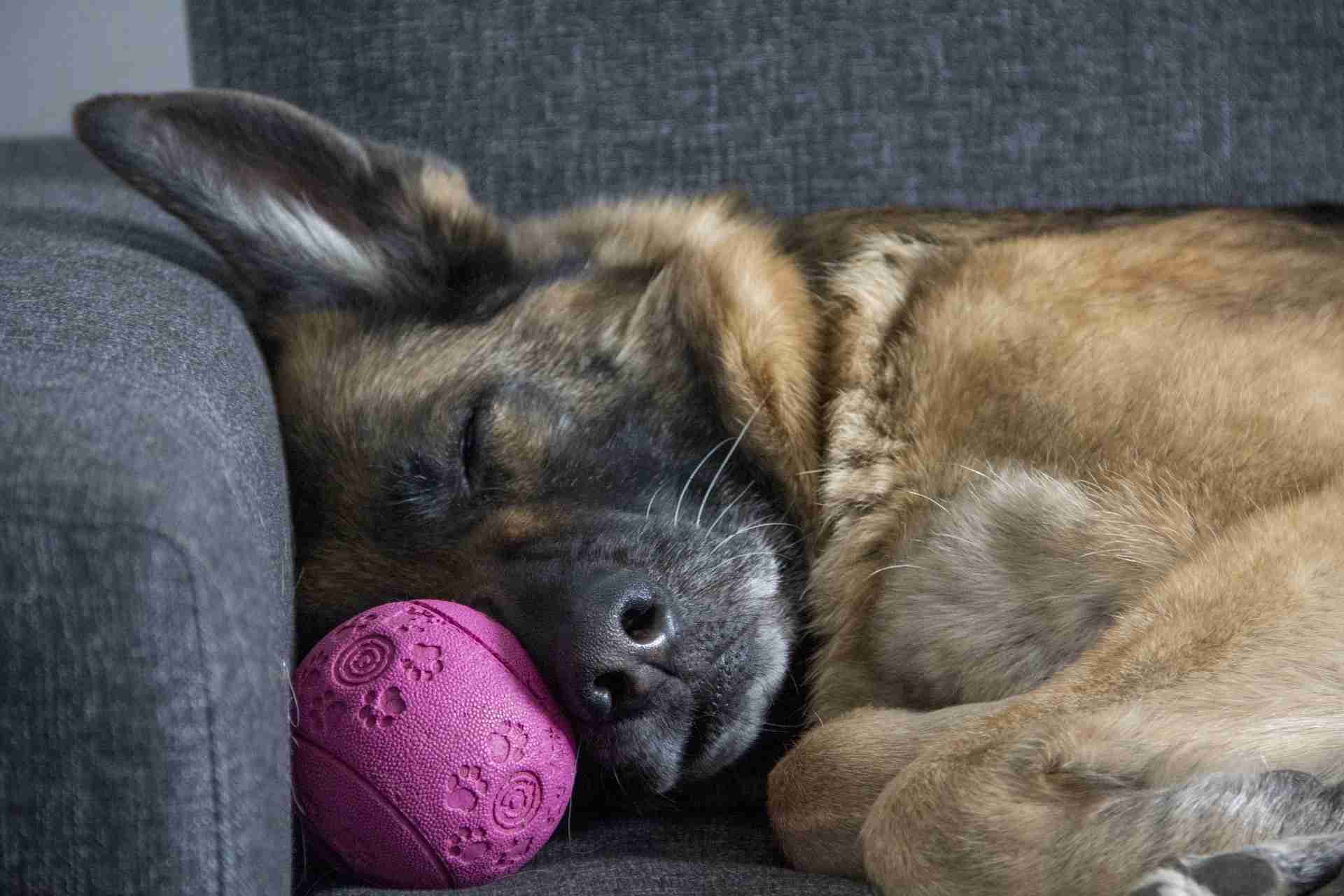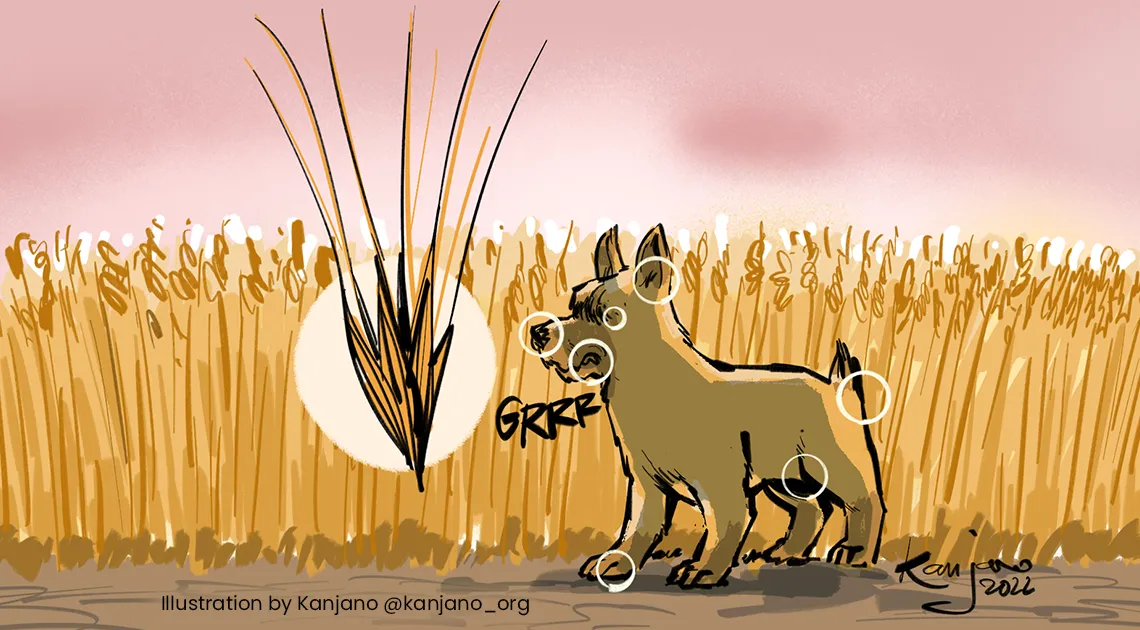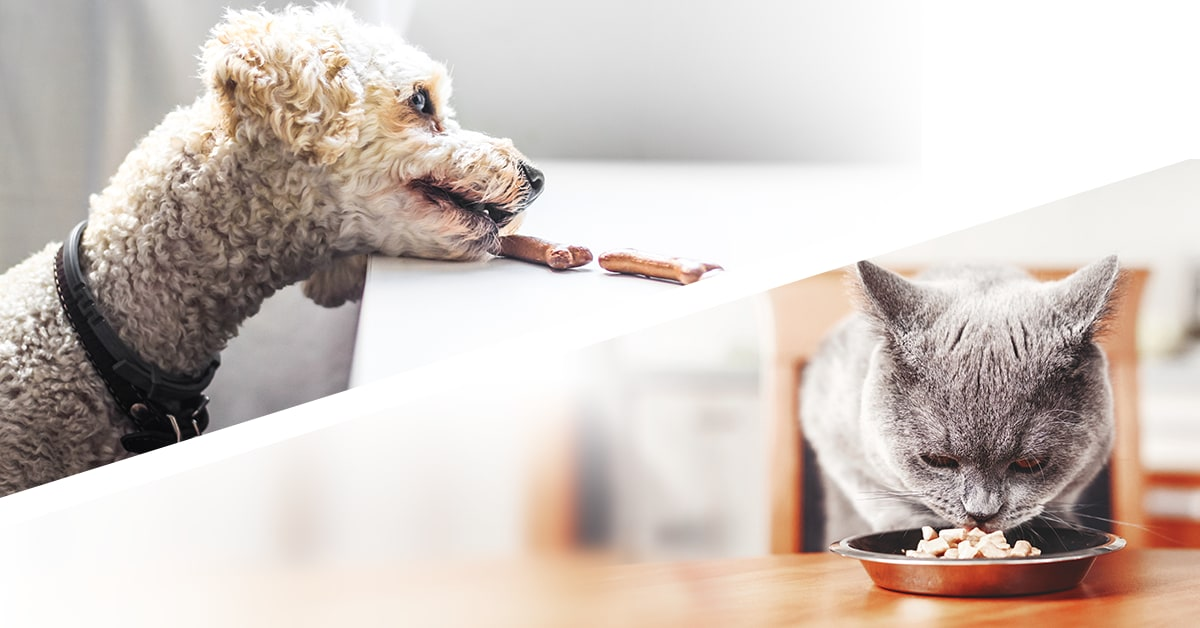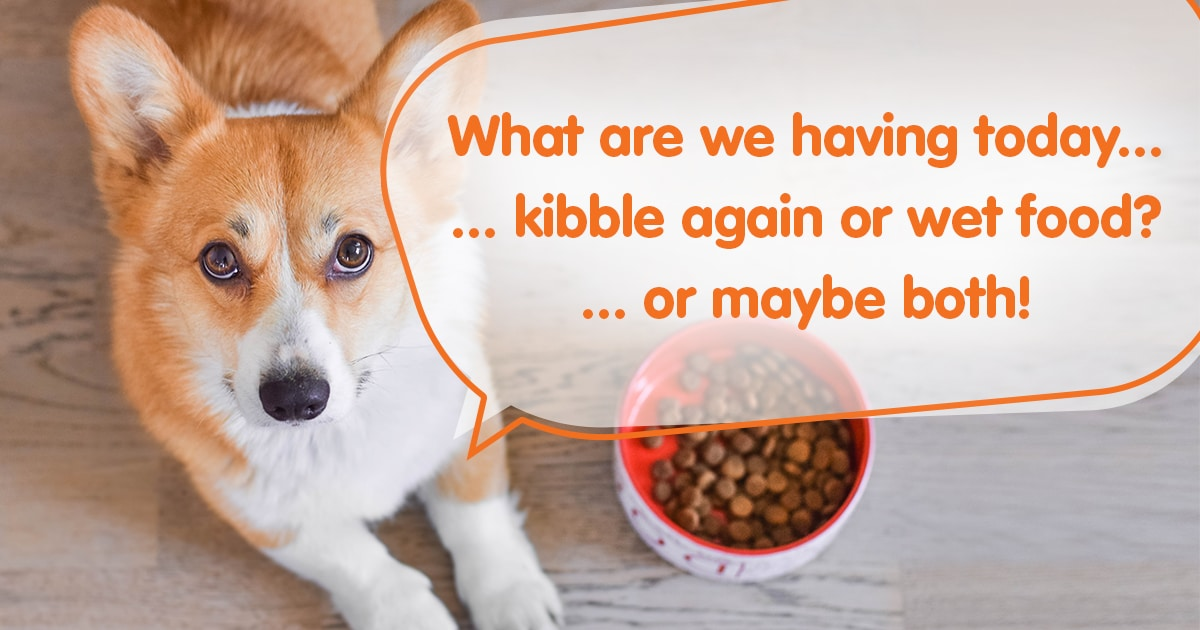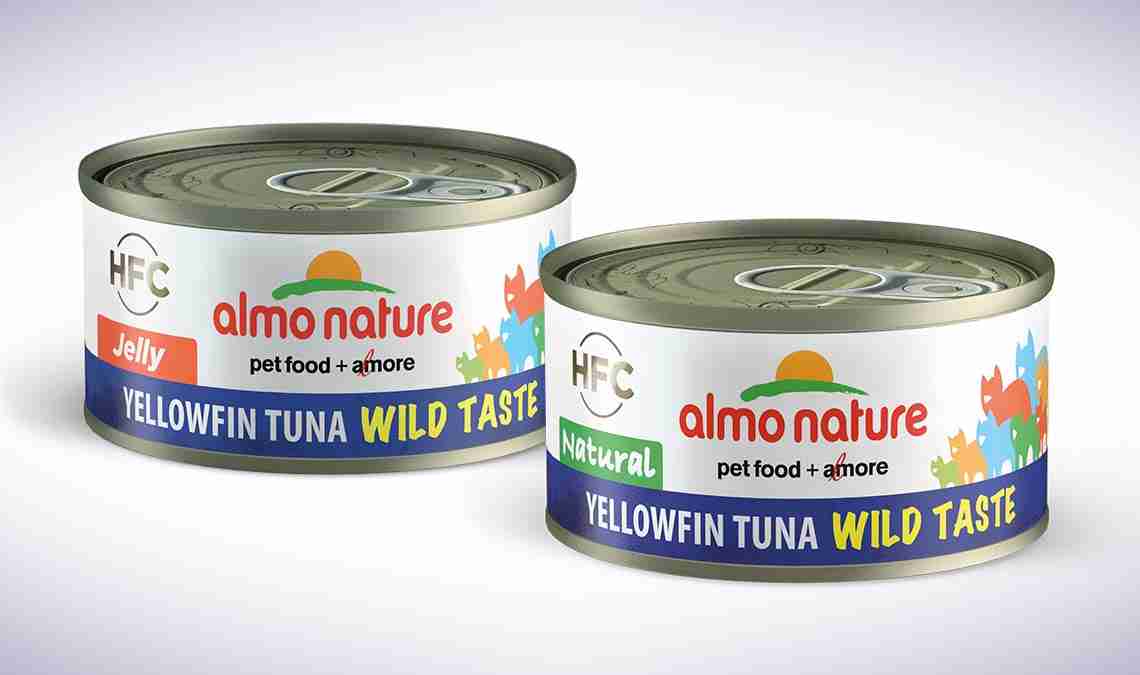Here are some tips for the nutrition of your sterilised cat
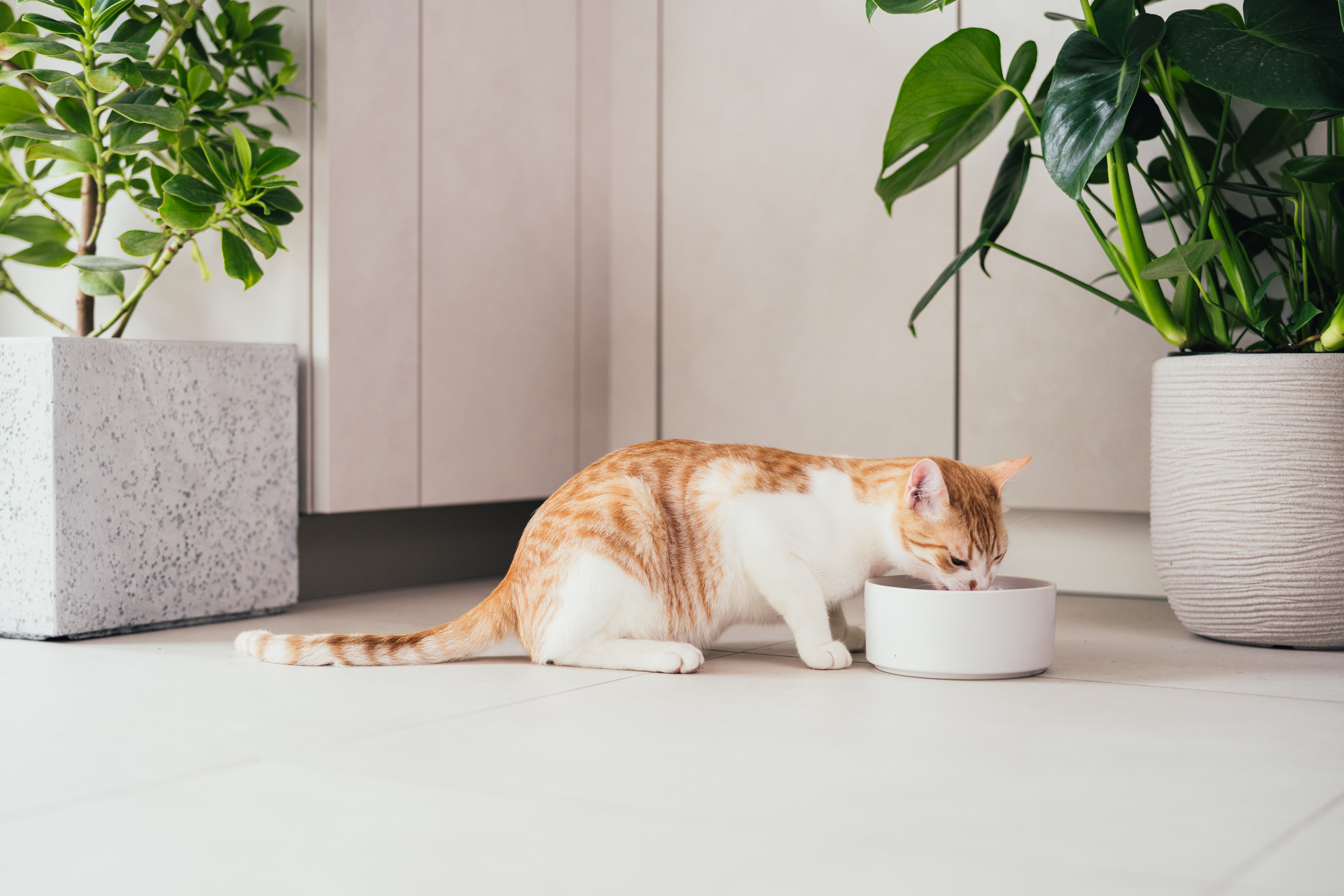
Choosing to welcome a cat into your life is a wonderful gesture and in the philosophy of conscious adoption, along with taking care of it, looking after its state of health is an aspect not to be underestimated and should be considered.
That is why, if you share your house with a cat, the choice to sterilise it is a correct and ethical decision. Not only does it safeguard its well-being in the short and long term, lowering the incidence of breast cancer in females, but it also avoids unexpected litters and the removal of male cats during the periods when they are on heat. In addition, it keeps the phenomenon of stray animals under control.
Today we want to talk about the sterilised cat, its nutritional needs and how to choose the right food. Proper nutrition for your sterilised cat is a key to its well-being.
Sterilisation what changes?
Sterilisation, or castration when talking about a male cat, involves physical and character changes that must be considered when organising its feeding routine. If your cat is sterilised, in fact, it may need different attention because it is more exposed to situations such as:
Weight gain
Sterilisation decreases a cat’s metabolism by reducing its daily energy needs. Feeding it without excess fats, and favouring play and movement, can help the cat to maintain a proper body weight. An obese cat is at greater risk of more serious problems such as diabetes.
Limestone and crystals or stones
Sterilisation in cats can predispose them to the formation of crystals or stones in the urinary tract. Stones in most cases are made of a mineral named struvite. In the male cat, this situation can also lead to the appearance of bladder obstruction. Having a narrower urethral passage than the female, struvite can block the flow of urine to the outside.
Cystisis
The presence of struvite promotes cystitis. It also seems that cystitis is a condition linked to excess body weight.
Feeding your sterilised cat with adequate food of the right quality, and applying good behaviour to increase its physical activity, can help it avoid conditions, which, if neglected, can create problems for your cat.
How to feed your sterilized cat?
Preferring a quality diet is certainly fundamental, but there are other precautions that can be followed. For example:
Favour a wet diet
In general, wet food is the best choice for your cat whether it is sterilised or not.
Wet food provides natural hydration, an important aspect for cats that by nature tend to drink little and take liquids directly from their hunted prey. Wet food will help stimulate urine production, and in addition, increases their state of satiety compared to croquettes, another important aspect to consider because a sterilised cat tends to be more hungry than an unsterilised cat.
Among wet foods we can choose between natural, complete or complementary recipes, but the important thing is to ensure our cat gets:
- proteins with high biological value, and therefore of high quality
- real meat or real fish
- low-fat recipes
- a rotation of different protein sources such as white meat, red meat or fish so it always receives different nutrients for a varied diet.
If you choose complementary wet foods, always combine a complete, dry food for a nutritionally balanced diet.
Fresh, clean water must always be present and left available.
Croquettes for sterilized cats: how to choose them?
In a proper alternating diet, croquettes must find their place in order to:
- give the cat the opportunity to have small frequent meals as it would in nature
- make its diet nutritionally balanced if it prefers natural wet food
But how do you choose the right croquettes formulated specifically for your cat’s needs and what should you look for?
Nowadays, the market offers so-called "functional" foods formulated ad hoc for specific situations, such as Sterilised croquettes, which can boast:
- - Reduced intake of FAT and calories, to help maintain a proper body weight
- - Low MAGNESIUM values, to help counteract the formation of urinary stones,
- - Prebiotics such as FOS or MOS to support intestinal flora balance
- - CRANBERRIES, which contribute to the proper functioning of the urinary tract
But it is not only this that a croquette for sterilised cats must contain. It must also contain ingredients such as meat or fish with high quality proteins, to preserve a proper muscle mass. Croquettes prepared with fresh meat or fish offer high quality proteins, quicker and easier to digest than the proteins contained in flours or dehydrated animal meat.
My cat is not yet one - year - old but is sterilised. What should it eat?
If your cat was sterilised before the age of one, the advice is to use kitten food until the 12th month and then switch to an adult cat food following an alternating diet between wet and dry. During the period of growth, it is important to offer food that can meet the needs of a still growing kitten.
Almo Nature food for sterilized cats
The well-being of cats and dogs is Almo Nature’s main objective and good quality nutrition is an essential point for us.
This is why we choose to offer a diet with HFC ingredients, originally suitable for human consumption. From the selection of ingredients to the processing to post-production checks, we guarantee high quality standards for all our products.
Among the various recipes that we recommend for the correct feeding of a sterilised cat there are:
- - our wet recipes: HFC Natural Plus, HFC Natural and HFC Jelly.
All are complementary foods prepared with HFC quality meat or fish, and simple, natural ingredients.
Complementary HFC wet: Discover our HFC products
- HFC Sterilised croquettes, for sterilised cats, with ingredients and the special processing that characterises them making their proteins up to 98.73% digestible!
*Study by the University of Teramo
Croquettes for sterilized cats: Discover here our croquettes
If in doubt, always talk to your veterinarian
Sonia Scagliarini article, veterinarian of Almo Nature

